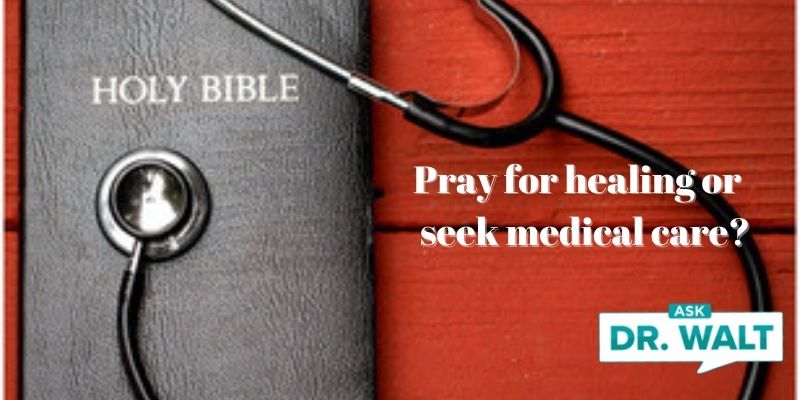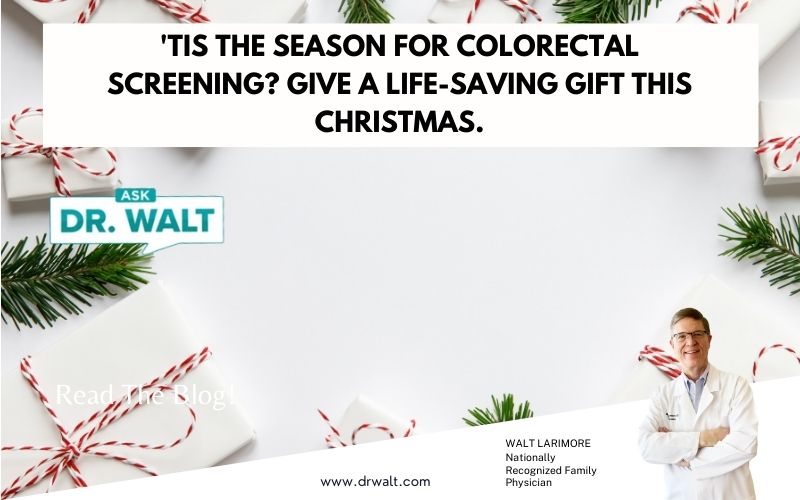New guidelines for sunscreen
Is the birth control pill an abortifacient?
July 5, 2011Short-term HRT may be safe for menopause symptoms
July 6, 2011The Food and Drug Administration’s long-awaited announcement of significant changes to sunscreen labeling was widely reported both by television and print media. The changes will empower us, as consumers, to make better decisions in choosing a product to prevent sun damage as well as reduce overall confusion about sunscreens. From now on, the gold standard is broad-spectrum protection.
Manufacturers may put that on the label ONLY if the sunscreen protects against ultraviolet B (UVB) which causes burning AND ultraviolet A (UVA) which causes wrinkling and skin aging.
Both forms of UV rays cause skin cancer, and now only sunscreens with an SPF 15 or higher may claim to lower the risk of cancer.
The AP reports that beginning next summer, if sunscreens do not protect against both UVA and UVB rays, “or the sun protection factor is below 15,” then sunscreens must “carry a warning: ‘This product has been shown only to help prevent sunburn, not skin cancer or early skin aging.’”
The AP quotes the American Academy of Dermatology’s (AAD) Moy as saying, “For the first time, the FDA has clearly defined the testing required to make a broad-spectrum protection claim in a sunscreen and indicate which type of sunscreen can reduce skin cancer risk.”
This is important, because in spite of the explosion in the sales of sunscreens, there’s also been an explosion of skin cancer. For example, cases of the most deadly kind of skin cancer, melanoma, have increased 45% between 1992 and 2004, particularly in young people.
ABC World News chief health and medical editor Richard Besser, MD, explained that the action taken by the FDA on sunscreen labeling was “done five years ago” by European regulators.
Besser suggested that consumers looking for sunscreen should examine “the UVB number. I recommend 30, at least. That will protect you against that. But for UVA, you need to go to “a list put together by Consumer Reports specifically for products “tested for UVA. By next year you’ll be able to trust the labels for everything.”
Consumer Reports Health identifies three “CR Best Buys:”
- Up & Up Sport SPF 30 (Target),
- No-Ad with Aloe and Vitamin E SPF 45, and
- Equate Baby SPF 50.
The Up & Up is a spray while the other two products are lotions.
On UVB protection, all three products provide “Excellent” protection, while providing “Very Good” protection against UVA radiation, which penetrates deeper than UVB, and can cause tanning and aging the skin.
But consumers should NOT rely on sunscreen alone, notes the report.
“Sunscreens can be very effective but you should combine them with other good options for protecting your skin such as broad-brimmed hats, tightly woven clothing, and umbrellas. You can be creative—consider bringing a small tent to the beach for your kids to crawl into,” said Jamie Hirsh, senior associate editor, Consumer Reports Health.
Bloomberg News reports, “Lawmakers have urged the FDA for more than a decade to revise sunscreen labels to address cancer-causing UVA rays that penetrate deeper into skin cells and aren’t blocked by window glass.”
Unfortunately, “‘twenty percent of Americans will develop skin cancer in their lifetime,’ said” Moy at yesterday’s press conference at FDA’s headquarters. “Ultraviolet exposure is the most preventable risk factor for skin cancer.”
The Los Angeles Times reports that the FDA “has been considering such regulations since 1978 and released some proposed rules in 2007, but subsequently concluded that the labeling system under consideration would be too confusing for consumers.”
The Washington Post reports that “the agency is barring the use of the term ‘sunblock’ as well as claims that sunscreens are ‘waterproof’ or ‘sweatproof,’ saying those terms are inaccurate.”
Under the new guidelines, “sunscreen makers will only be allowed to claim that products are ‘water-resistant’ and will have to specify whether they work for 40 or 80 minutes.”
Sunscreens “that do not must carry warnings advising people to use a water-resistant product if they are going to be exposed to water or sweat.”
On its front page, the New York Times reports that FDA “regulators said they had yet to decide whether to end an SPF arms race in which manufacturers are introducing sunscreens with SPF numbers of 70, 80 and 100, even though such lotions offer little more protection than those with an SPF of 50.”
In fact, the FDA “had proposed allowing manufacturers to use SPF numbers no higher than 50, but that remains only a proposal for which the agency will seek further comment.”
USA Today reports that currently, “the American Academy of Dermatology recommends both adults and children use a sunscreen with an SPF of at least 30.”
It is important to use enough of the product, too. Dermatologist Henry W. Lim, MD, explained that “the average person needs about one ounce of sunscreen – enough to fill a shot glass – to cover the body.”
Most people use considerably less.
So, here are my new rules of thumb when it comes to sunscreen:
- Use one that protects against BOTH UVA AND UVB rays.
- Use one with an SPF of 30 (but not more than 50).
- Use at least one ounce to cover the average body (the size of a one-ounce shot glass or golf ball).
- Apply initially at least 30 minutes BEFORE sun exposure.
- Re-apply every 2 hours during sun exposure (unless the product is rated for 80 minutes) — unless exposed to water or sweating, then apply more often.
- One in three adults unaware sun exposure causes eye health risks
- Choosing the Best Sunscreen – Consumer Reports Recommendations
- Choosing the Best Sunscreen – Health Magazine Recommendations
- No evidence sunscreen use promotes skin cancer
- Poll: Too many Americans not using sunscreen
- Time to Remind Teens About Sun Protection
- About one-third of people unwisely don’t wear sunscreen. Should you?
- Report Suggests 85% of Sunscreens May Not Live Up to Marketing Claims






